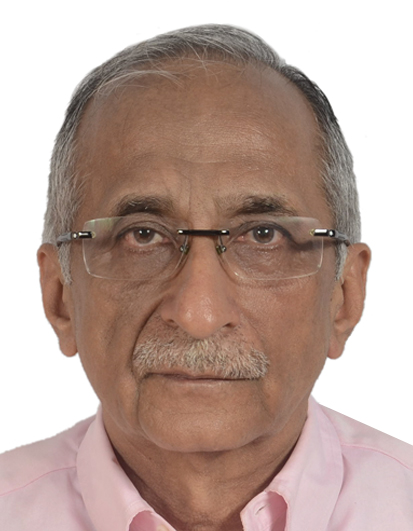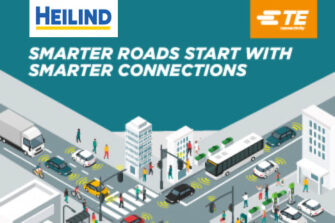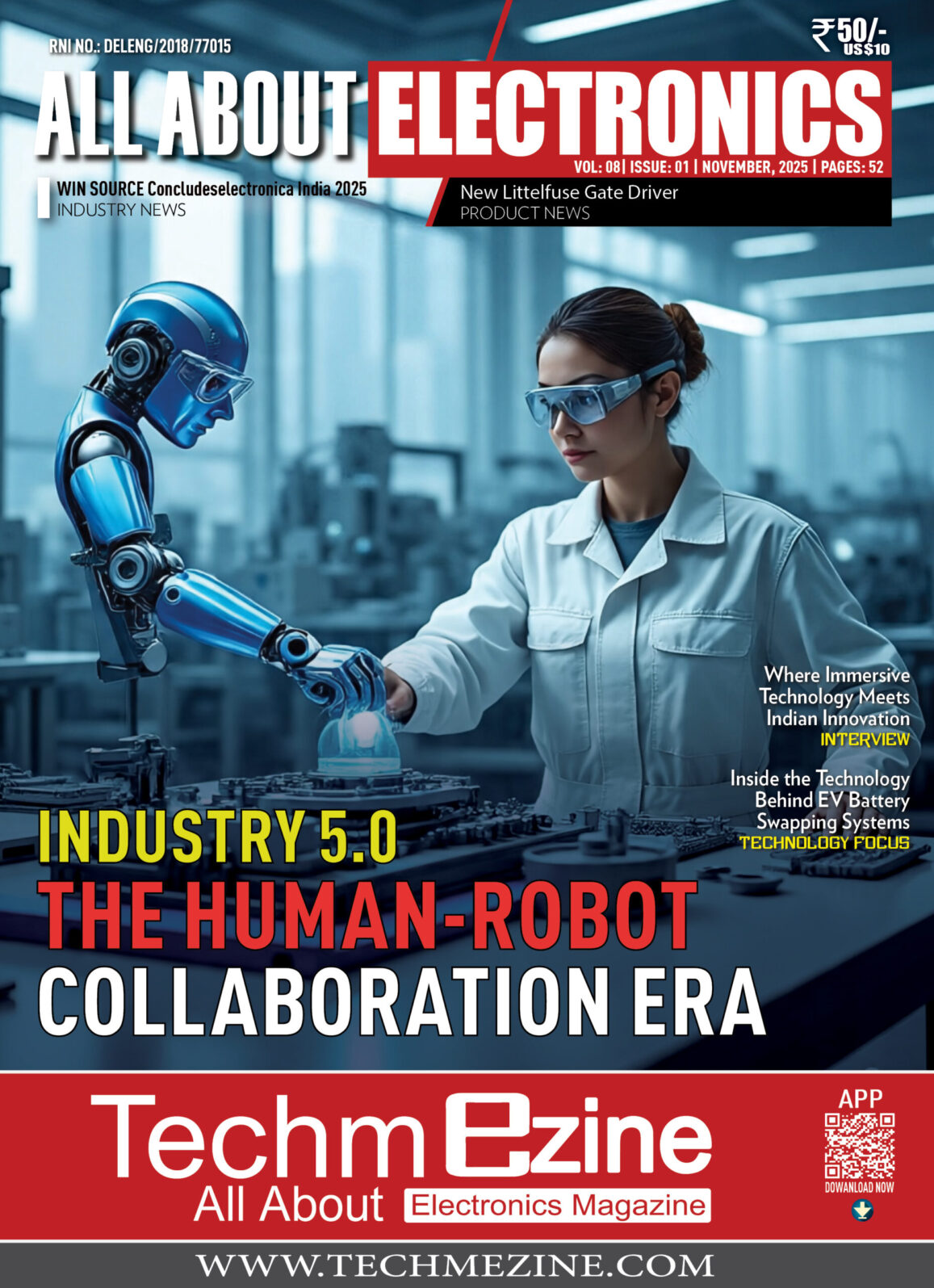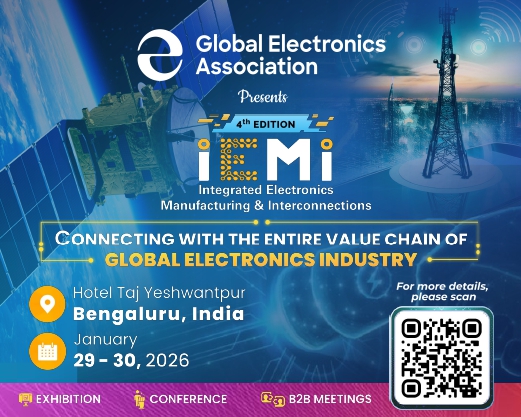Techmezine interacted with Mr Rajiv Batra( Managing Director, Rabyte Electronics Pvt Ltd, India)) about IoT Technology ,Market growth in India.
Techmezine: Please tell me about Rabyte Electronics?
Rabyte is India’s leading authorised distributor of semiconductors and electronic components. Rabyte is a leader and innovator in distribution and marketing of advanced technology Semiconductors, Passive Components, Interconnect and Electro-mechanical Components, Displays and Modules from various reputed manufacturers which are spread all over the world. Founded in 1986, over the last 3 decades Rabyte has evolved to become a
single window source to its Customers for their needs of Electronic Solutions i.e. Electronic Components, Design Services, Box-build Solutions and Supply Chain Management.
Techmezine : Can you please share more details about Post Covid Impact on Electronics market?
Even during the Covid, the ICT has been doing quite well. This is not only for India but world across. Now, people are debating what would be the type of pick-up for electronics and hardware sector in particular and ICT in general. The analysts are of opinion that it would pick-up considerably because of the following reasons (i) The trend which has emerged during the Covid days is going to be new normal. People get stuck to the virtual interface which intern generates demand for electronics goods, parts and equipments. (ii) Segments like e-Commerce, e-Healthcare, e-Governance, e-Customs, e-Learning will need IoT based interface and need more ICT intervention to make it success.
Techmezine : How will IoT technology impact the electronic components market?
The growth of electronic component industry is closely linked to the manufacture of end products and vice versa. They go together. Let us take an example. In India, we have made great strides in the manufacture of mobile telephones and we are increasingly exporting them. That was not the case earlier. The government has addressed some of the anomalies in our customs duty structure to set right some lop-sided policies. I would say there are still some drawbacks in the system. We are importing most of the components that go into the mobile phones such as sensors, connectors etc. That will reduce our net export bill since a considerable chunk of the components has to be imported. That is not the case with countries like China, South Korea, Japan and even Vietnam. They have built a strong component segment to cater to the manufacture of end products. The new electronic policy announced by the government gives considerable importance to evolving an ecosystem that synchronizes manufacture of end products and component segment. This is already in the case of mobile phones and other electronic devices (ii) Segment like e-Commerce, e-Healthcare, e- Governance, e-Customs, e-Learning, Home Automation will be the new normal which can generate demand for various types of electronics goods, services and parts thereof.
Techmezine: What is the future of IoT technology, and the new normal in the post- COVID-19 world?
Machine Language (IoT) is going to be future technology which will have application in numerous segments like transport, e-commerce, and healthcare and in many other segments. For instance, now the new registration plate mandated by the government for vehicle in Delhi is having sensors that can send signals to the control room of the authorities to monitor the movement of vehicles. Similarly, the smart cities which are coming up will have enormous amount of resources for fixing of sensors, IoTs etc., Also, the new devices which are being marketed and services are been provided at the doorstep of household are sensor driven,beside there will be huge demand for IoTs manufacturing, agriculture and household sector.
Techmezine: Can you highlight your current growth rate and future predictions Of India?
Since the IoT concept in India is still in initial stages, the contribution from it to our revenue is not big at present. However we see an inorganic growth in this segment in India in next few years. We have supplier partners who have strong portfolio for IoT segment and are market leaders in this segment. We have strategies in place along with our supplier partners to acquire a larger pie of share of this market. The digital world is in for a transformation driven by artificial intelligence, cloud and importantly Internet of Things (IoTs) commonly referred to as machine language. The global trade in electronic and hardware products is presently estimated at US$2.1 trillion and it is still growing and is about to overtake the global trade in oil. IoTs constitute a major part of that estimated at US$ 800 billion or so. IoTs growth is going to be phenomenal since it has application in all segments of human behaviour-from healthcare to manufacturing to spacecraft. Coming to the Indian context, we are finally waking up from a deep slumber. Prime Minister’s Atmanirbhar Bharat and the focus laid on hardware segment of the Indian ICT segment can lead to unprecedented focus on electronics and hardware and IoTs in particular. Our effort should be to have a strong base for electronics and hardware manufacturing in the country, which is presently pegged at US$70 billion. Of that the share of IoTs is negligible. Our export of electronics goods is only US$11 billion, whereas we exported software close to US$155 billion last year. For giving a critical push to strengthening IoTs base in the country, we have to re-imagine and refocus on making connected devices, central control hardware, manufacturing more devices for user interfaces,
and network interconnection etc. In short, our strengths in computer software should combine with hardware to produce more embedded technologies. There is a surge in tech-savvy consumer along with increasing smart phones and mobile Internet penetration is driving consumer IoT applications in the Indian market. As per my opinion consumer IoT adoption will be slower than the IoT adoption in industrial applications due to cost of IoT devices,security and privacy concerns of consumers. In coming decade, India will considerably progress in IoT segment with wider acceptance among all the stakeholder and with proper infrastructure. IoT adoption in India will grow across the industries and segments like Transportation, Logistics, Utilities, Manufacturing, Automotive, Agriculture, Education, Healthcare, Home Automation, Smart Cities etc.










